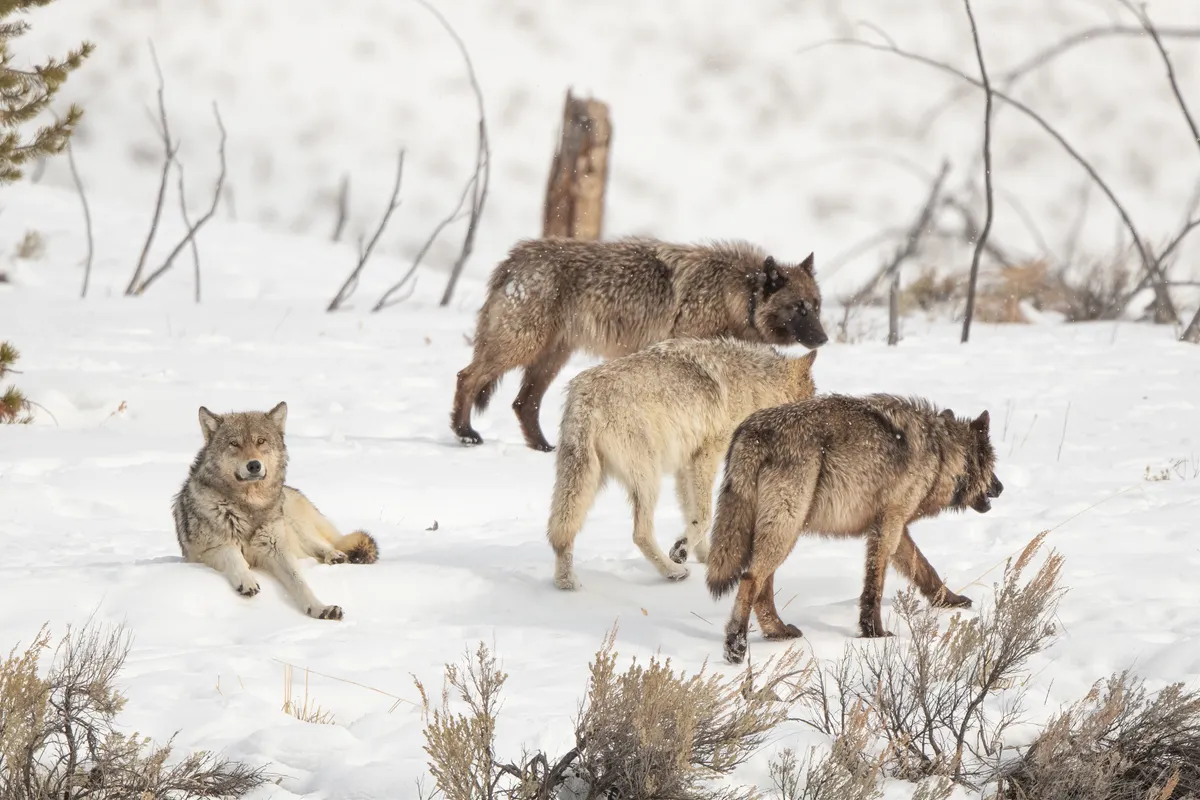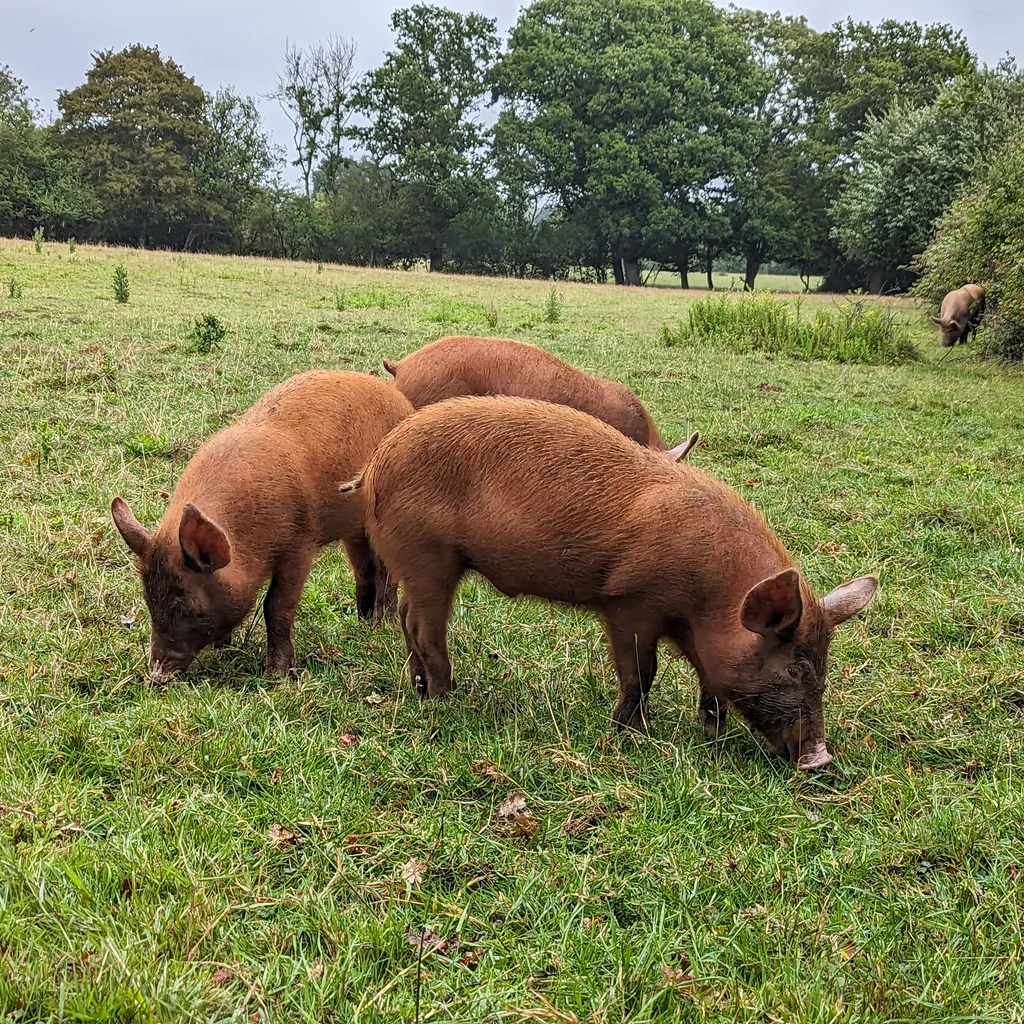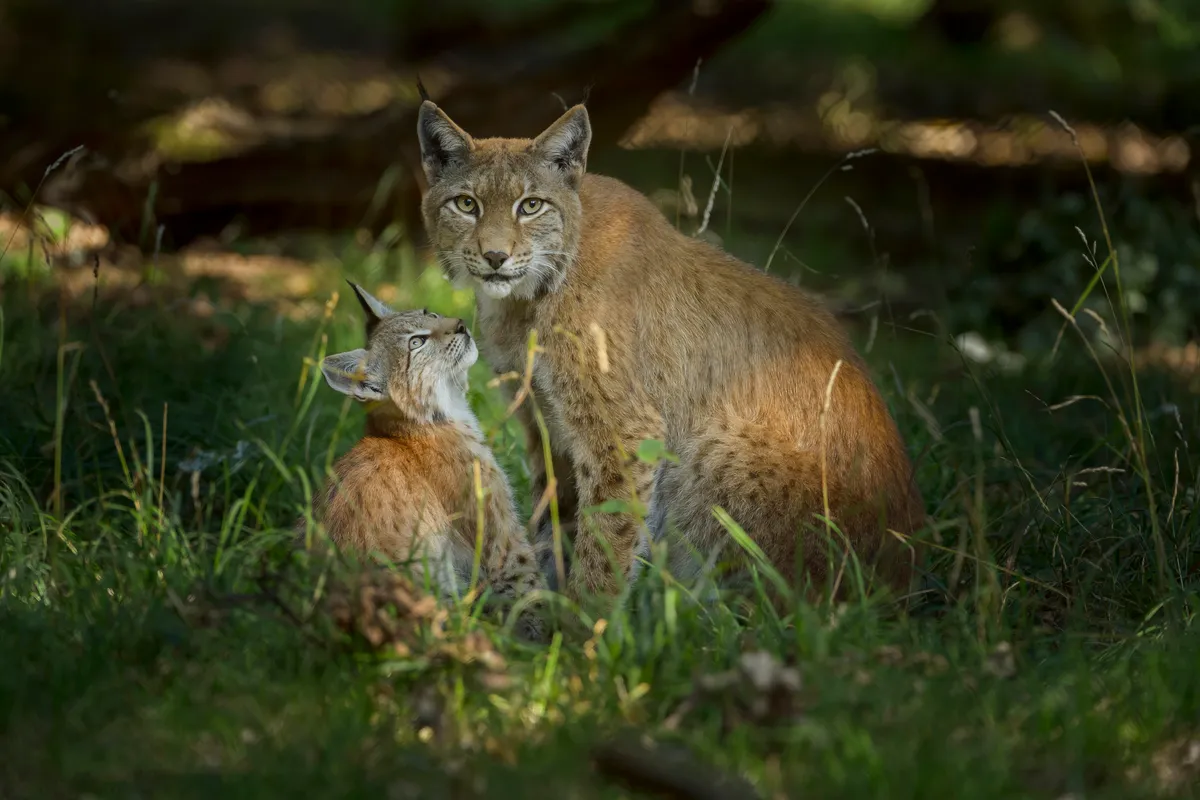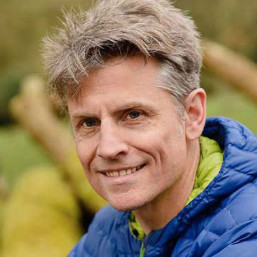Since it first reached public consciousness in Britain in the mid-2000s, the meaning of the word ‘rewilding’ has been on a bit of a rollercoaster. At first, it was linked to the idea of bringing back predators such as wolves, because, as we began to understand, ecosystems were impoverished where they were absent.
This view was fuelled by the well-publicised but unfulfilled plans of Paul Lister, the owner of Alladale Estate in the Scottish Highlands, to release wolves into a large fenced area of his land. It was reinforced by books, such as Feral by George Monbiot, which argued the case for the importance of predators in our landscapes. Woodlands cannot recover, the argument went, unless we regain native species, such as wolves and lynx, to reduce numbers of deer, whose grazing inhibits tree regrowth.
But, slowly, a different interpretation of rewilding has started to appear. It’s one that says large herbivores are as equally important to rewilding as carnivores because of the way they disturb grasslands and woodlands, creating microhabitats in which a greater diversity of species can flourish.

What does rewilding mean?
But what do we mean by rewilding? Well, clearly it requires the recovery of species and habitats, and usually this is achieved by kickstarting top-down natural processes, or ‘trophic cascades’. This is the idea that the action of, say, a predator influences the behaviour of its prey and smaller predators, and so on down the food chain. True rewilding requires minimal human intervention. Many experts and practitioners also emphasise that rewilding can only occur over large areas – hundreds, if not thousands, of hectares. And as Monbiot says in Feral, the goal of rewilding is not creating a particular ecosystem or habitat, it’s the restoration of natural processes.
There are two further things: first, the word rewilding is, at times, misused and applied to conservation projects that don’t merit the term. Secondly, there is a small, but perhaps growing, divide between those rewilders who believe it can only truly happen if we restore top predators to Britain, and those who may like this to happen, but believe the need for them is overstated.
- What can Sweden teach us about living with big predators?
- What do farmers think of rewilding?
- Sussex safari: how rewilding has transformed a lowland farm
The case for herbivores
Herbivores do all sorts of important jobs that help increase species abundance and diversity in the landscape. For example, they defecate, providing food for invertebrates, which, in turn, are gulped up by hungry birds, bats and mammals. Wild boar and many cattle also perform a role that increases plant – and therefore insect – diversity. Rootling by boar and trampling by cattle creates bare patches in which different species can get a foothold. Cattle also carry and distribute seeds in their fur, hooves and guts.
The case for herbivores is reinforced by a change in thinking over what the British landscape became after the end of the last Ice Age and before humans arrived. As Isabella Tree (owner, along with her husband Charlie Burrell, of Knepp, the well-known rewilding site in East Sussex) writes in her book Wilding, the ‘closed-canopy theory’ – that post-glacial Britain was mostly covered in dense high forest – had “become the mythological baseline for our distant past”, but it was wrong because it overlooked the role of large herbivores such as aurochs, tarpan (both now extinct) and European bison. These grazing animals maintained large open areas of wooded pastures and wetlands.

At Knepp (and many other rewilding sites are following its lead), the functions of these animals are replicated by domestic proxies, such as longhorn cattle, Tamworth pigs and Exmoor ponies. Elsewhere, bison have been introduced into a large enclosure in Kent. Behaviours such as grazing, dust-bathing and even felling trees create new micro-habitats that increase species diversity.
But herbivore numbers do need to be regulated, and in the absence of wild predators, humans must do that job. At the Dutch rewilding site Oostvaardersplassen, the grazers were left to themselves, and it resulted in mass die-offs during harsh winters. Knepp culls its excess cattle and pigs, selling the meat as part of its commercial activity.
The case for predators
Yellowstone National Park in the USA is the best-known and most-often cited example of how a predator reintroduction has led to ecological restoration. The impacts have been well documented, and include the recovery of both willow and aspen in the park’s woodlands, plus a greater variety in the vegetation structure, which is important because it allows a greater range of species to flourish. One study shows beaver colonies increased 14-fold since wolves were brought back; this is critical, because they create new wetland habitats in a way no other animal does.
There is great debate, however, around why predators have the impact they do. Is it because they reduce herbivore numbers through predation, or is it because they change herbivore behaviour – the so-called “landscape of fear” in which animals spend more of their time looking out for wolves and coyotes, so they spend less time eating and their productivity decreases. Herbivores may be especially wary around rivers, where they can get trapped, which allows riparian woodlands to regenerate.
Whatever benefits wolves might bring in reducing deer numbers, is it genuinely realistic they could be brought back to Britain?
This matters. Lynx, for example, don’t create this landscape of fear because they are largely invisible in their woodland home and ambush their prey. Many experts also argue that they live in low densities and wouldn’t have much impact on deer numbers either.

Then there are wolves. Whatever benefits they might bring in reducing deer numbers in, say, the Scottish Highlands, is it genuinely realistic they could be brought back, given the social and political obstacles? In Britain today, we are still afraid of the ‘big, bad wolf’.
But look at Germany, France and even countries such as Belgium and the Netherlands, to which wolves are returning and largely accepted. If they can tolerate them, why can’t we? The arguments go round and round, but few mainstream politicians are currently enthusiastic about the idea.
What will happen?
Arguably, it’s economics that will determine whether and how our landscapes are rewilded over the coming decades. Several issues will play a part here.
First of all, there are government subsidies. For many years, subsidies have kept sheep farming profitable, but if they are replaced by a policy of public money for public goods (as the Government has promised), then sheep could disappear from large parts of our landscape. This should persuade more farmers to stock low densities of wildlife-friendly grazers, such as cattle.
Then there’s the idea that the private sector will pay landowners to store carbon and produce biodiversity – payments for ecosystem services. It might sound unlikely, but it’s already happening. Rewilding, mainly herbivore-led, could be part-funded by private money.

Knepp-like projects will spring up all around the country – they already are. At the very least, low-grade agricultural land will be given over to ‘farming’ carbon, pollinators and water. Expect to see messier, scrubby habitats with a profusion of songbirds that haven’t been heard since the 1960s or 1970s.
A lynx reintroduction could happen, perhaps over a broader area of Scotland and northern England, but unless there’s a big change of heart among our politicians, we’re not likely to see large predators anywhere else.
The pro-grazers
Isabella Tree
Tree, along with her husband Charles Burrell, has been rewilding their 1,400-hectare estate Knepp since the early 2000s. Knepp is known as a purely herbivore-led project that uses domestic cattle, pigs and horses to act as proxies for wild relatives, though the pair acknowledge that without predators, you can only go so far in restoring ecosystems.
Dr Frans Vera
Frans Vera’s book, Grazing Ecology and Forest History was the catalyst for much of the new thinking around what Europe and Britain looked like after the end of the last Ice Age. In it, he pushed the theory that oak trees, especially, only germinate and initially grow in open areas and are protected from grazers by thorny scrub.
The pro-predators
Steve Carver
Carver is part of the Wildland Research Institute, a research group specialising in issues relating to rewilding. Carver stresses the need for rewilding to mean large protected areas, connectivity with other areas and the reintroduction of carnivores. These are known as the 3Cs –cores, corridors and carnivores – the original definition of rewilding developed by US academics in the 1990s.
George Monbiot
George Monbiot is a writer and campaigner who first brought the term ‘rewilding’ to wider public attention with his book Feral, published in 2013. Compared to many rewilders, Monbiot pushes the need for predators in our landscape, and says the main thing holding back the reintroduction of once-native species, such as wolves and lynx, is the public subsidies given to sheep farmers.

